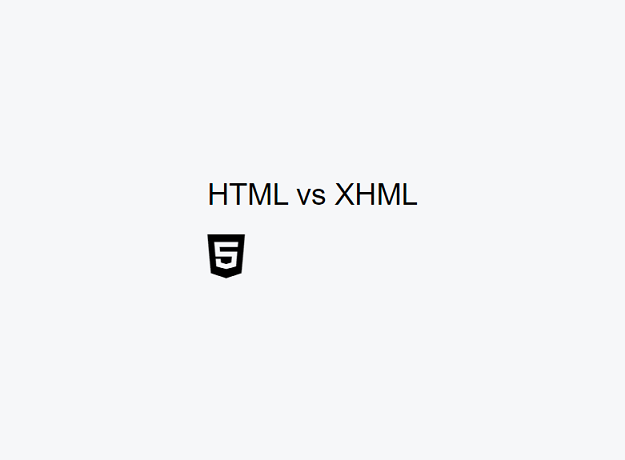HTML and XHTML are both markup languages utilized for constructing web pages and various online content, which can be displayed in web browsers. HTML, or HyperText Markup Language, has been the foundational language for creating web pages since the World Wide Web's inception.
As a versatile language, HTML empowers developers to craft web pages using a wide range of tags and attributes. When a web browser opens an HTML page, the content is rendered, hiding the tags used in the page's construction. HTML pages can be saved with either the .htm or .html extension.
In contrast, XHTML, or extensible HyperText Markup Language, represents a stricter and more advanced version of HTML. All major browsers support XHTML, and its rigidity ensures impeccably structured web pages.
A primary distinction between HTML and XHTML lies in their syntax and rules, requiring that all tags and attributes be appropriately closed and nested in XHTML. As a result, XHTML serves as a more standardized language for web page creation.
Some rules in XHTML to be followed :
1- Always add the following code at the top page of HTML:
<!DOCTYPE html>2- All tags and attributes should be written in lower case:
<H1 STYLE="COLOR:RED">Hello World</H1> // This is wrong
<h1 style="color:red">Hello World</h1> // This is right3- Write arrtibutes values in "double quotes" as below:
<p class="null-paragraph" style="color:red" data-null-type="paragraph">This is a paragraph</p>4- Close the tags that have content in between as below:
<h1>content</h1>
<p>content</p>
<br> // There is no need to close this tag which is responsible for creating line as there is no content. A primary distinction between HTML and XHTML lies in their syntax and rules, requiring that all tags and attributes be appropriately closed and nested in XHTML. As a result, XHTML serves as a more standardized language for web page creation.
In essence, when learning HTML, you simultaneously acquire knowledge of XHTML, as the two languages exhibit numerous similarities in the elements and attributes employed for web page creation. Nonetheless, it is crucial to prioritize writing clean, well-structured HTML code, as this enhances readability, maintainability, and compatibility across various web browsers.
